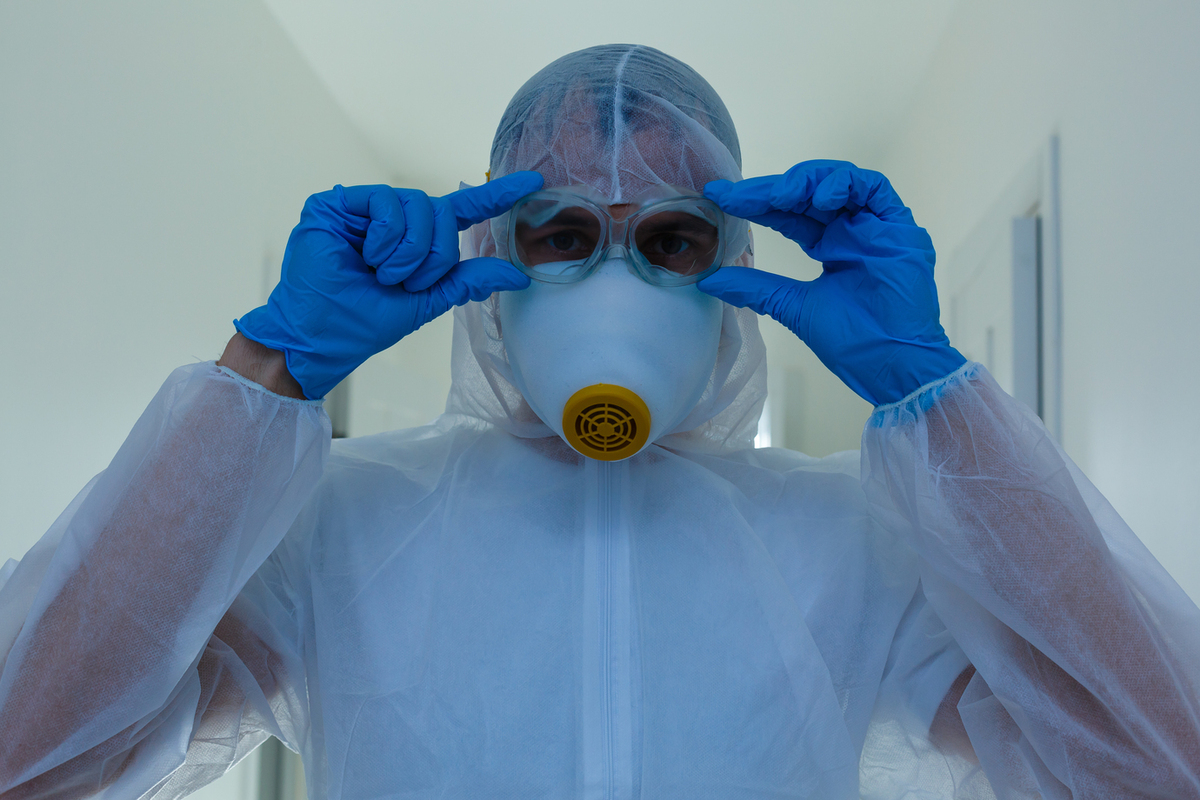What are the most dangerous jobs around? According to the US Bureau of Labor Statistics (BLS), more than 5,300 American workers lost their lives to job-related accidents in the year 2019 — and if you were to spread those figures out across the year, that would mean one person was killed by their work every 99 minutes.
What jobs were most likely to cost you your life in that year — just before the COVID-19 pandemic forced its way into our lives, thereby drastically altering the risk profile of each occupation? If heavy truck drivers, other kinds of drivers including delivery drivers and taxi drivers, were on your list of guesses, you'd be right. They were joined by construction workers, people in the fishing and hunting industry, loggers, and roofers.

Despite the fact that occupational health and safety standards have increasingly been taken more seriously, in many of these industries, work-related injury and death rose to record heights in 2019. These jobs are inherently dangerous, of course, with workers being aware that the safety protocols they follow can reduce, but never eliminate, the risks they take on.
1. COVID-19
One 2021 study that examined data from O*NET (the Occupational Information Network) examined which workers were most likely to contract COVID-19 at work, based on the volume of people they were exposed to, for what kind of time duration, and how close those contacts were likely to be. The top answers probably won't surprise many people:
- Dental hygienists had the highest risk of contracting COVID at work, since the nature of the work requires up-close and personal contact without face masks. This was closely followed by oral surgeons, dental assistants, and dentists.
- All of the top 15 riskiest professions were in healthcare, including midwives, OBGYNs, family doctors, nurses, and paramedics.
In the non-healthcare professions, the workers with the highest risk of getting COVID at work were flight attendants, municipal firefighters, ambulance drivers, barbers, kindergarten teachers, and correctional officers (working in jails and prisons).
2. Suicide
"Violence and other injuries by people and animals" accounted for 841 work-related deaths in the year 2019, according to the BLS. Surprisingly, suicides are grouped under this heading as well. Jobs associated with a high risk of suicide include those that are demoralizing, low-paid, and force workers to spend times in periods of isolation. They also include any jobs that rely on night shifts. One of the factors that is especially strongly linked to the risk of committing suicide is, however, access to lethal tools. To read more about this, head for Jobs to die for: Are you in a high-suicide profession?
Here's a sneak peak, though:
- Beauticians
- Coal miners
- Merchant seafarers
- Pharmacists
- Veterinarians
- Construction workers
- Taxi drivers
3. Homicides
Although the risk of being murdered on the job has generally decreased in recent years in the US, it still happens. The professions in which workers are most likely to die to homicide at work include, the BLS work-related homicide fact sheet reports, taxi drivers, police officers, cashiers, guards, sales managers, and truck drivers. The riskiest retail settings are those at which food is sold.
4. Physical inactivity
While some occupations routinely expose workers to a risk of being murdered, falling from a great height, or dying while doing something truly exciting, other jobs are unhealthy for the opposite reason — because they force employees and other workers to sit down and not move their bodies for most of the day. These sedentary lifestyles lead to a much higher risk of obesity, cardiovascular disease, and diabetes, among other physical health issues. In addition, sedentary jobs take a toll on mental health too, as physical activity is an important part of mental wellbeing.
5. Hazardous substances
Exposure to hazardous substances on the job killed 642 workers in 2019, but the riskiest jobs in this realm may not be the ones you'd expect.
The workers most likely to be exposed to carcinogens include service workers, those in agriculture, and craft workers. Sales agents, packers, and drivers can be exposed as well, in addition to those in more obvious professions like miners and tobacco workers. Even non-cancer causing substances can be hazardous, however. Bakers have, for instance, an extraordinary risk of developing chronic bronchitis as they inhale flour. Hairdressers are continuously exposed to chemicals that can cause allergies as well as, potentially, cancer.


Your thoughts on this